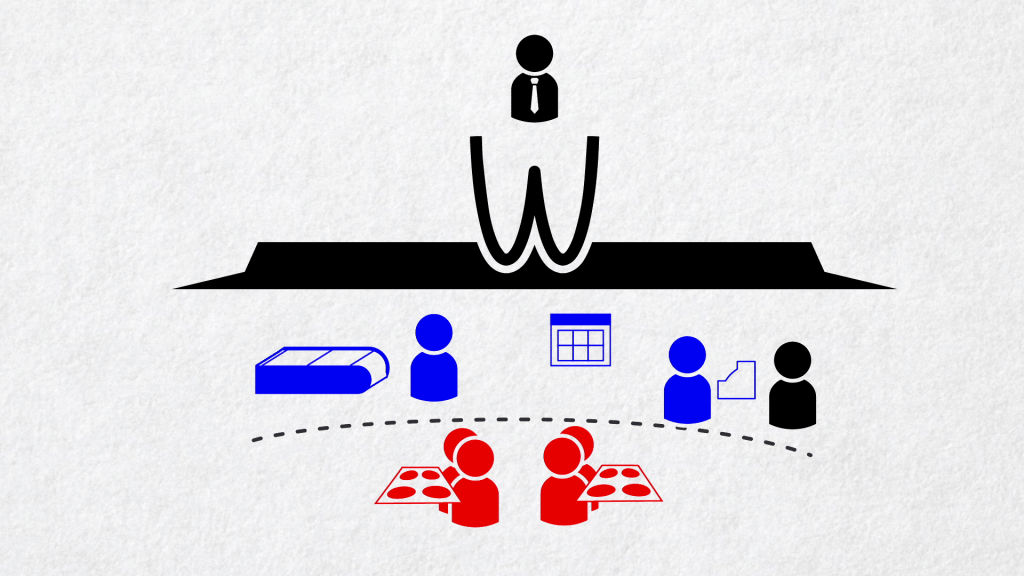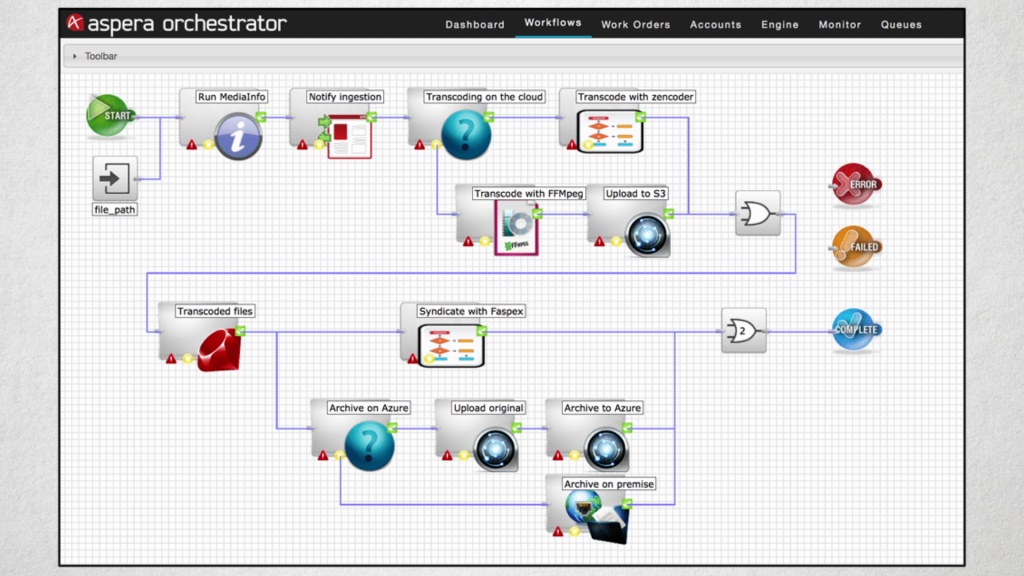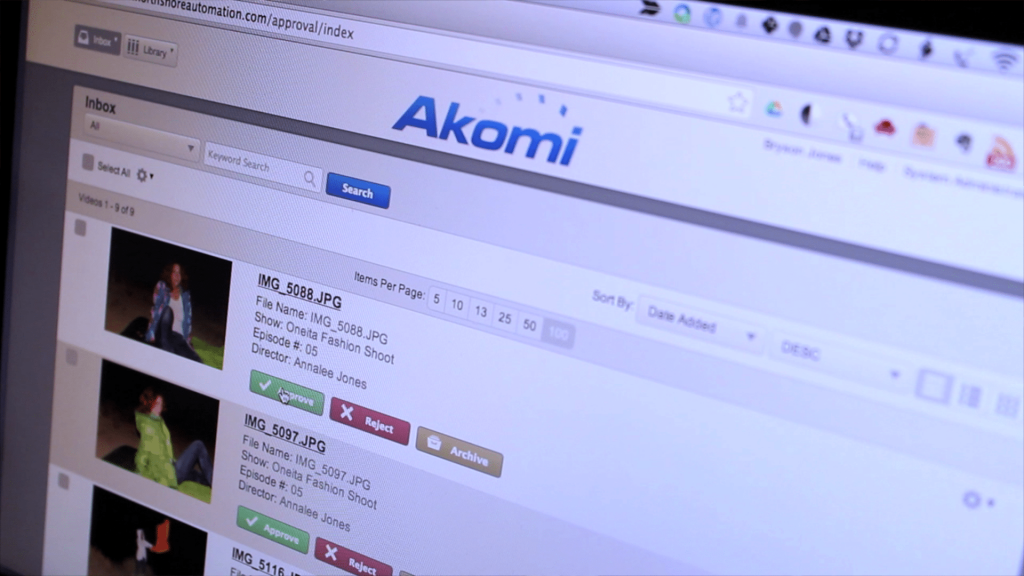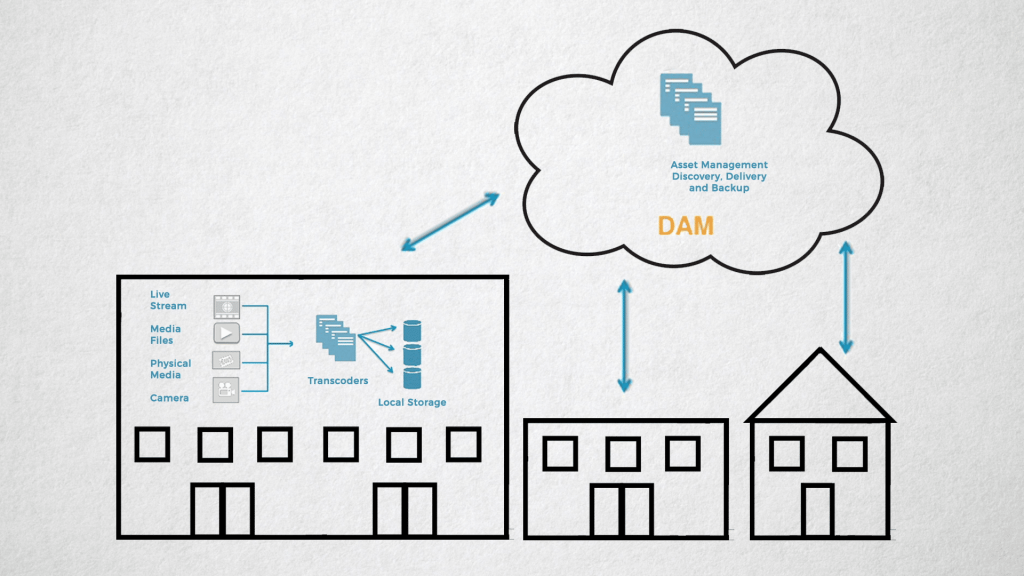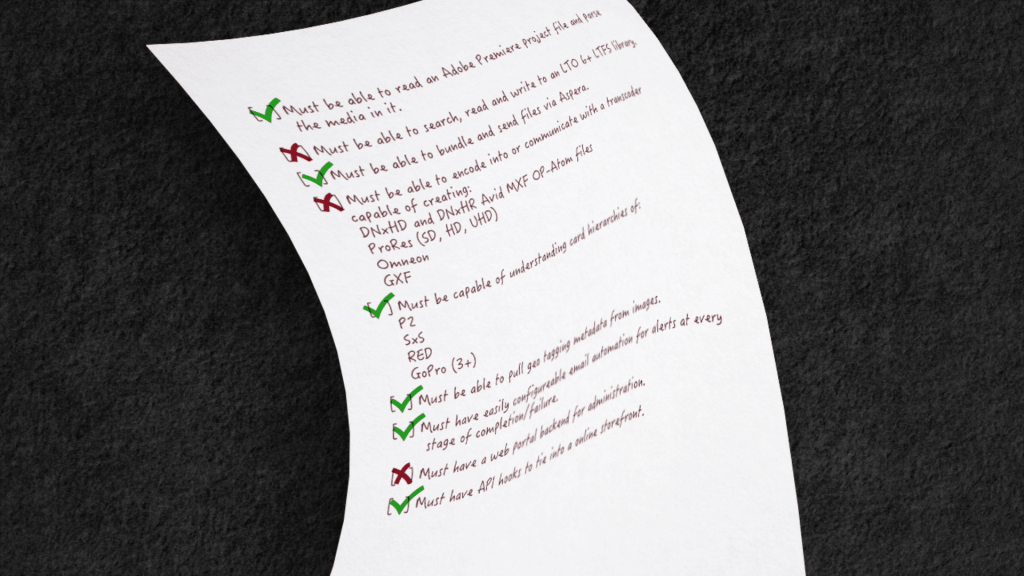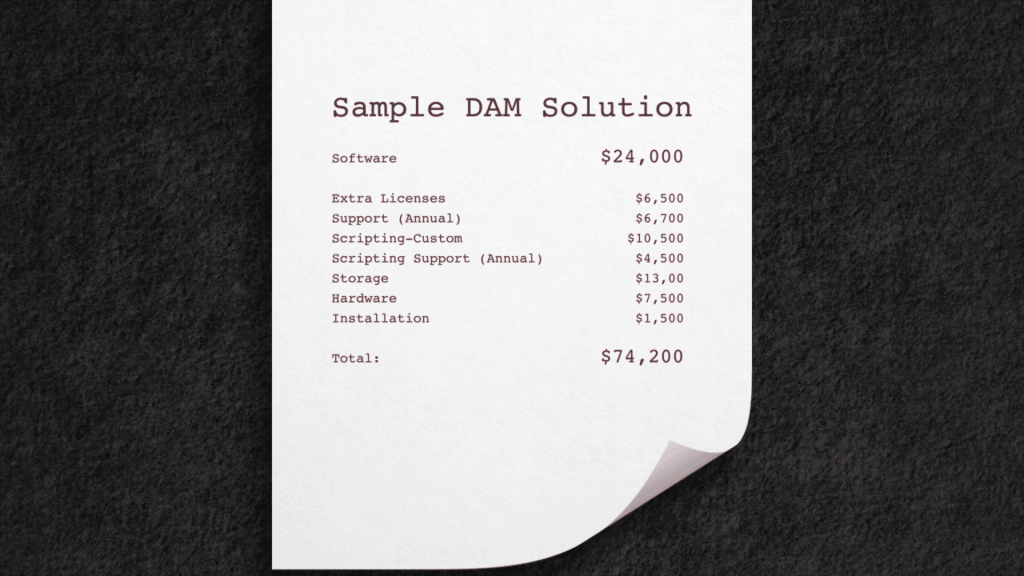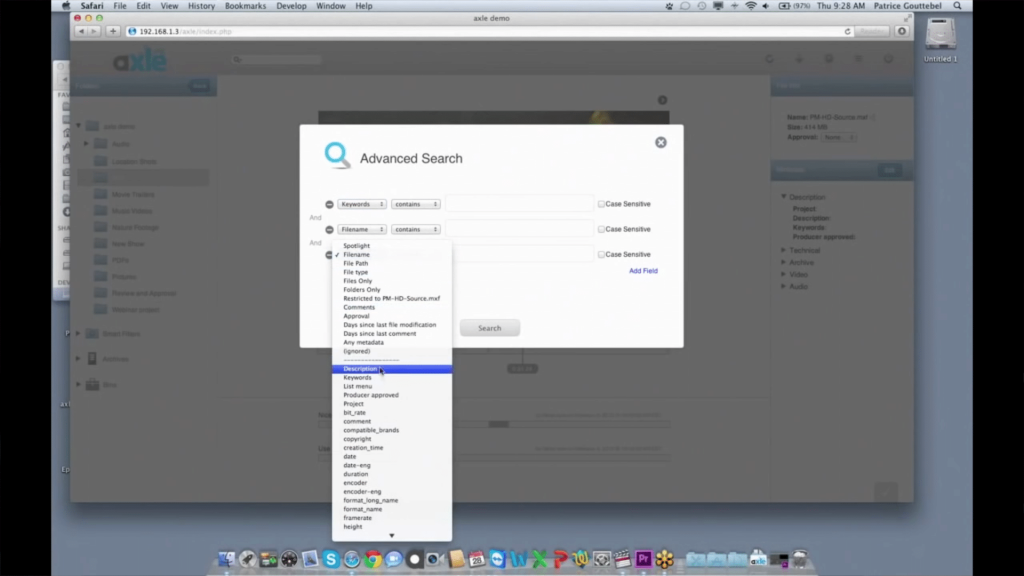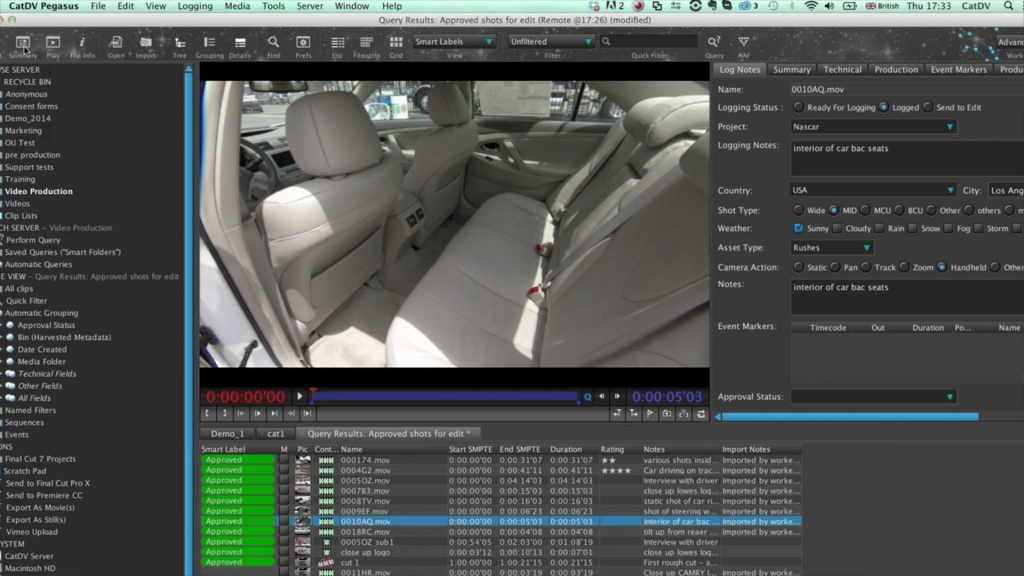Asset Management
Manage episode 309677227 series 3037997
1. What is Asset Management?
Let’s face it, asset management isn’t sexy. Very few people work their butts off in the hopes they can, one day, administer asset management. However, the need for asset management is only growing on a daily basis. Truth: we’re not deleting media – we’re only acquiring more of it, and we need to find it and send it to more places.
Wait, I’m getting a little ahead of myself here. What is asset management?
In the media realm, it’s any system you use to tag, catalog, and track your bits and pieces of media and ancillary files. In fact, just using your Mac OS Finder or Windows Explorer is “asset management by OS”. Sure, it’s rudimentary and basic, but it is a way to track and find files.
Specialized software to tag, find, and retrieve files from various storage locations is pretty common at this point. I mean, metadata is indexable and thus searchable. But…what If I were to tell you that GOOD asset management can talk to and work with multiple hardware and software solutions directly? That it can interface with non-media based technology, like business apps? That it can automate routine processes, like transcoding and media movement and outbound delivery? And the really good ones can find data not just by the terms you search for, but can extrapolate results based on context and similar search terms?
…and this is why the sharpie marked hard drives or stack of post-its on your shelf just don’t cut it anymore. And this is also why we have the holy trinity of asset management – DAM, MAM, and PAM.
2. Whats the difference between MAM, DAM, and PAM?
No doubt while looking into asset management you’ve heard these terms. We’re no strangers to acronyms in the Media and Entertainment space. DAM, MAM, and PAM. Ahh yes, the jokes practically write themselves.
A safe bet is to use the term “DAM” – Digital Asset Management. This all-encompassing term covers the subcategories of MAM – Media Asset Management and PAM – Production Asset Management. Please forgive the gross oversimplification, but let’s think of it like a fast food burger joint.
DAM covers every process related to keeping the restaurant running and thriving. But perhaps we can get more granular than that. That’s where MAM and PAM come in. PAM covers the inbound shipments of the food, scheduling of the workers, how the workers interact with customers, and the QC of the service. MAM covers the actual food prep and usage…the nitty-gritty low-level food processes that you normally associate with the heart of a burger joint. However, those lines have now blurred – the same reason you may find a shift manager at the burger joint manning the deep fryer.
MAM and PAM extensibility with other applications, commonly via watch folders, XML or even APIs, allow MAM and PAMs to branch out and create a Venn Diagram of ability. Also, from a pure marketing standpoint, no one wants to acronym their way out of a potential deal, so, again, the lines have blurred.
In addition, many MAMs and PAMs are geared for different segments of the industry – or even other industries outside of the Media and Entertainment market. This creates different feature-sets, which blur the distinction between ‘AMs even further. In fact, if we look at one of the more specific DAMs, such as Avid MAM and Avid PAM – they actually flip the usage – PAM is used by the editors for creative purposes, while MAM handles much of the advanced automation and business processes.
This is why I prefer to stick with the DAM moniker, and only differentiate when we’re talking about specific products that have MAM or PAM in their name (like Avid). However, some tech purists will want use to use MAM if just discussing the media and entertainment market.
Psst, here’s the secret – if you’re not discussing a product with DAM, MAM, or PAM in its name, forget it! The lines have blurred to the point that it’s all asset management and the real challenge is….
3. What options should I be looking for?
Glad you asked.
First and foremost is “how will it make your creative team more efficient?” This will certainly surround the creative tools they use. Thus, if you’re using tools like FCP X, Avid’s solution probably wouldn’t be a great fit. If you have an extensive image library but are looking at an asset management system that doesn’t have a wide range of support for image formats, well, then you should probably look elsewhere. So, choose a tool that works with the creative tools you use.
You should also look into the automation tools. What repeatable tasks consume much of your creative’s time? Is it transcoding? Then look into a solution that can either transcode itself or talk to 3rd party transcoding systems to handoff the task.
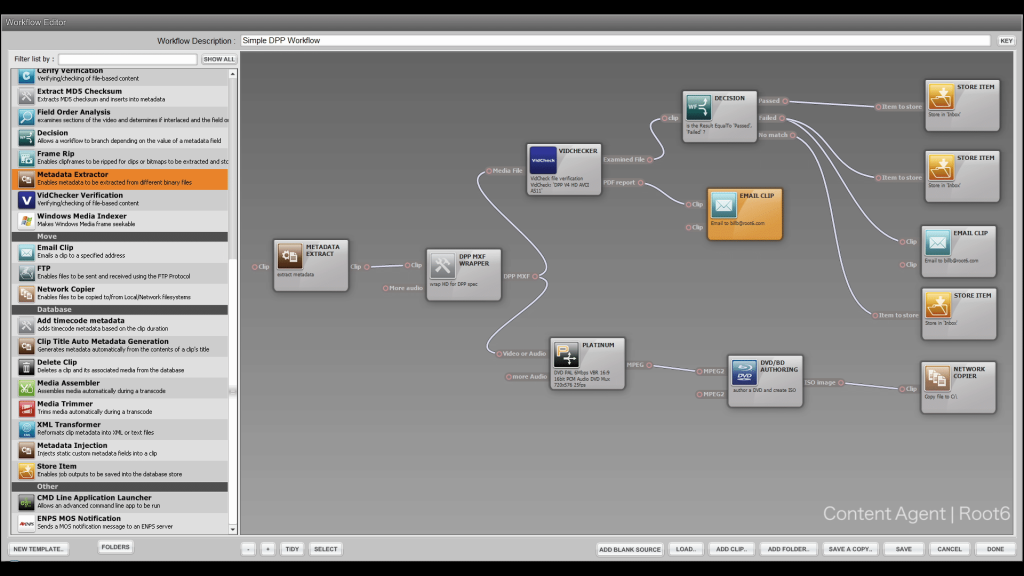
Content Agent, by Root 6
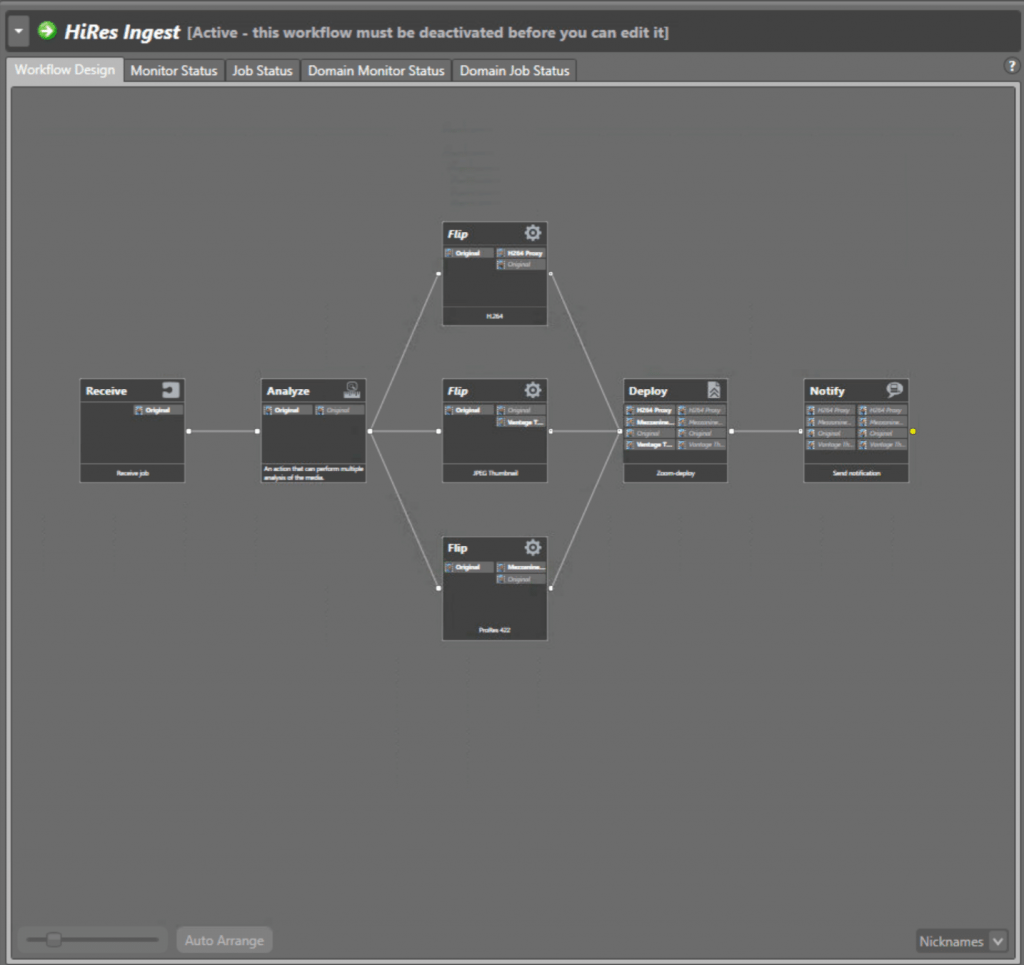
Vantage by Telestream
And what about those transfer services like Aspera or Signiant? A DAM that can package, send and track those files would save your team some time.
What about archiving and media movement? Automating the writing of media to backup or archival storage and then being able to retrieve it saves a ton of time.
Many of us use disparate tools for review and approve – that is, having members of our team or the end client review cuts and versions. If this is served up in conjunction with your DAM, you can now track changes and notes.
Speaking of tracking, what about tying into your billing or accounting systems? If done right, you now have a central location to track time spent on the project AND the media associated with that project.
While this is still a touchy subject, many facilities can benefit from having a cloud-based solution, as the team may be spread out geographically. Can your solution be decentralized? Many solutions still involve an on-prem solution.
Here is an often-overlooked one – how is it customized? Can a member of your team learn to program or script for your DAM solution, or, do you need to contract the manufacturer or reseller? Here’s the secret – this is where a lion’s share of your funding and time will go. In-depth and specific automation isn’t quite drag and drop just yet, and the labor costs per hour– plus annual support renewals based on a percentage of the sales price – are often glazed over.
4. How do I plan for Asset Management?
First, realize that a massive subject like asset management needs to start with small decisions. I’ve seen client after client become so overwhelmed with trying to get their arms around the whole thing that they lose sight of the end goal.
First, and I say this with no allegiances; track down a solution provider and integrator. The aforementioned scope of choosing a robust asset management system can be a full-time job. Manufacturers will swear to you their system can do just about everything. The devil is ALWAYS in the details and rarely all shake out in the research stage. Sync up with a solutions integrator as they have experience and know what works in scenarios like yours and what doesn’t, but more importantly, what workflows can and should be augmented to be more efficient and work within the confines of an asset management solution.
OK, that being said, make a list. Pick out 10-15 things the DAM system MUST do. And be detailed. Details like, “It must be able to read an Adobe project file and parse the media within it.” This is much different than a DAM utilizing an Adobe project file, which could simply mean the DAM can track it, not do anything more meaningful with it. Be specific.
This will help eliminate the products out there that are not a good fit. But you need a starting point.
Next, determine a ballpark budget, and remember, this budget needs to cover the DAM software solution including hardware, storage, and custom coding and deployment and support renewals. There is no sense in wasting time looking at solutions that all in will destroy your budget.
Be forward thinking. Where do you see your business in 5 years or more? The core of your asset management system is your important data and all of the metadata surrounding it. Expand your mind and begin to consider how you can leverage the automation and media in the years to come so you choose a solution that can grow as you grow. A DAM isn’t a solution you can easily replace. Automation gets lost during migration, and data can’t always be translated 100% between systems.
Lastly, poll others in your industry to see what they use – or ask manufacturers for case studies or names and numbers of clients who have deployed that particular solution. Get real-world feedback, not just marketing slicks. I said it before, but it bears repeating – the devil is ALWAYS in the details.
5. How much does Asset Management cost?
There are dozens of solutions out there. Heck, NAB had nearly 40 exhibitors this year that listed Asset Management in their product offerings. Some are monthly, some are bought outright, so this will be broad strokes.
Professional DAMs that have base levels of functionality can be under $1500. Many of these are decent at finding stuff by various bits of metadata and may have some logging built in. Axle is a good one, works in a browser and makes getting started with Asset Management pretty simple, although there is not a ton of extensibility for automation and usage by 3rd parties.
CatDV by Squarebox is a VERY popular option, it’s desktop solution is great for logging and cataloging. Its larger offerings are extensible enough to handle enterprise deployments – albeit with a healthy amount of scripting. It’s one of the most popular DAMs in the M&E space.
When we get into larger solutions that transcend the “find it and present it” methodologies, we usually look at $50K starting, just for the software. You still need a server and scripting work. Common solutions include Levels Beyond, eMAM, Primestream, and Cantemo Portal. These all require some heavy lifting on the labor side to get it working with your particular setup.
Enterprise DAMs can be $150K – up several hundred thousand. Avid Interplay MAM or PAM, and Dalet are popular in this space. Heck, even Adobe has one, although it’s veiled in secrecy for enterprise customers.
I guess this begs the question, “If every MAM can be a PAM and every DAM can be a MAM, can every PAM be a DAM?”
This is the tip of the iceberg. What about cool tech like phonetic or facial recognition inside of DAMs? Maybe we’ll save that for a future episode.
Have more asset management concerns other than just these 5 questions? Ask me in the Comments section. Also, please subscribe and share this tech goodness with the rest of your techie friends….especially at parties.
Until the next episode: learn more, do more – thanks for watching
36 bölüm


